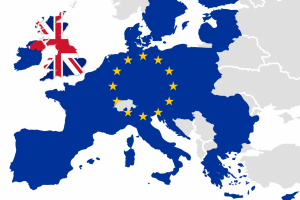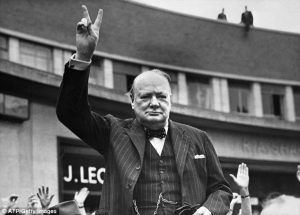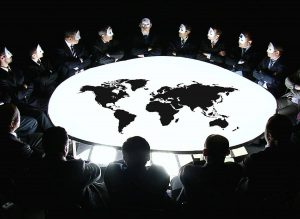Theory of Elite
The first fact is that in all political organisms it is always the case that there is one person who is the head among the ruling class and that person stands at the helm of the state. Of course, he is not in all cases the holder of supreme power, even under the law; sometimes there is a prime minister or a major-domo who wields a legitimate power that is greater than the head of stateꞌs. In certain cases there may be, instead of a single person, two or three who discharge the functions of supreme control. The second fact is that whatever the type of political organization, pressures arising from the discontent of the masses who are governed, from the passions by which they are swayed, exert a certain amount of influenced on the policies of the ruling, the political class. We shall deal with this at a later stage.
The real superiority of the concept of the ruling, or political, class lies in the fact that the varying structure of ruling classes has a preponderant importance in determining the political type and also the level of civilization, of the different peoples. According to an alternative manner of classifying forms of government that is still used, Turkey and Russia were both, up until the twentieth century, absolute monarchies, Britain and Italy were constitutional, or limited, monarchies, and France and the United States were classed as republics. This classification was based on the fact that, in the first two countries mentioned, headship in the state was hereditary and the chief was norminally omnipotent; in the second two, his office is hereditary but his powers and prerogatives are limited; in the last two he is elected. However, this kind of classification could be seen as not profound and, one could say, over-simplified. Absolutisms though they were, there was little in common between the manners in which Russia and Turkey were managed politically, the levels of civilization in the two countries and the organization of their ruling classes being vastly different. In the same way, the pre World War Two regime in Italy, a monarchy, was much more similar to the regime in France, a republic, than to the regime in Britain, also a monarchy while there are clearly important differences between the political organizations of the United States and France, though both countries are republics.
The classification that we have talked about (which divides governments into absolute monarchies, limited monarchies and republics) was worked out by Montesquieu. It was aimed to replace Aristotleꞌs classical categorizing in which he divided governments into monarchies, aristocracies and democracies. According to Aristotle democracy was simply an aristocracy of fairly broad membership. He was in fact in a position to witness this in every Greek state; whether aristocratic or democratic, there was always a limited number who had a preponderant influence. From Polybiusꞌs time to Montesquieuꞌs time many writers attempted to perfect Aristotleꞌs classification by introducing into it the concept of mixed governments.



